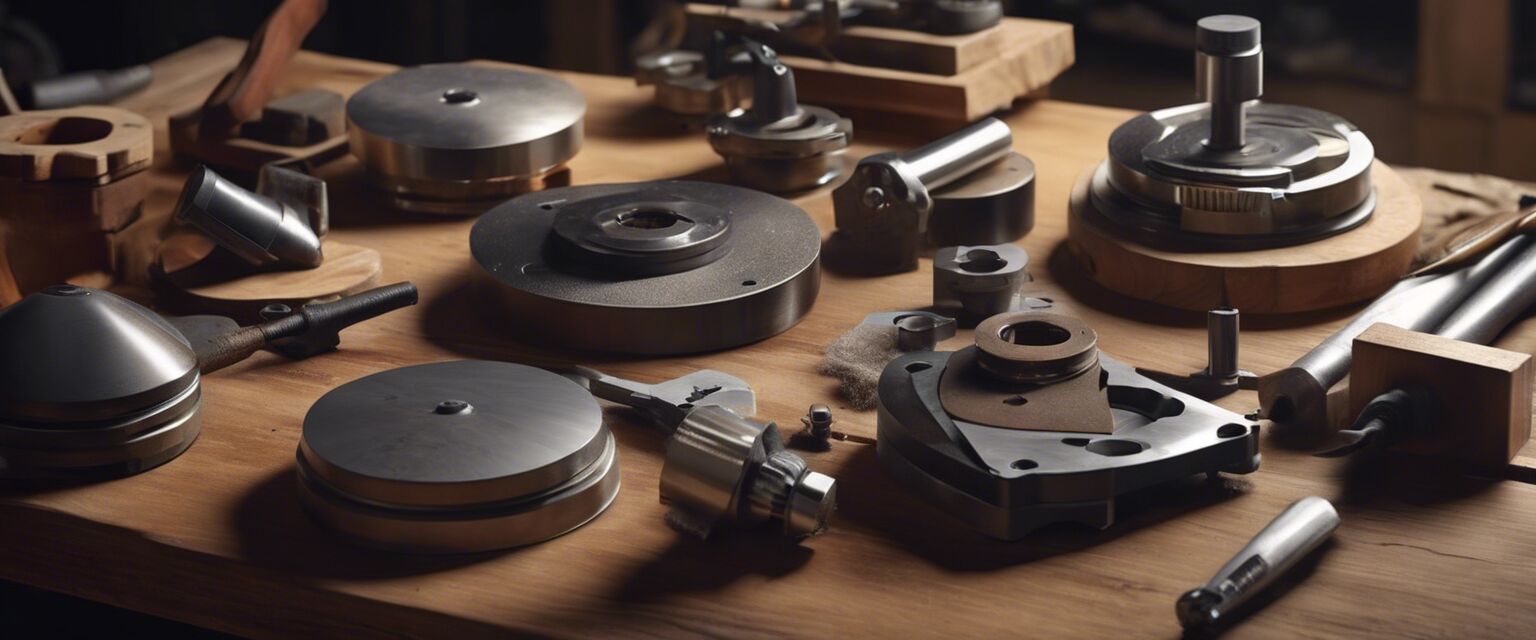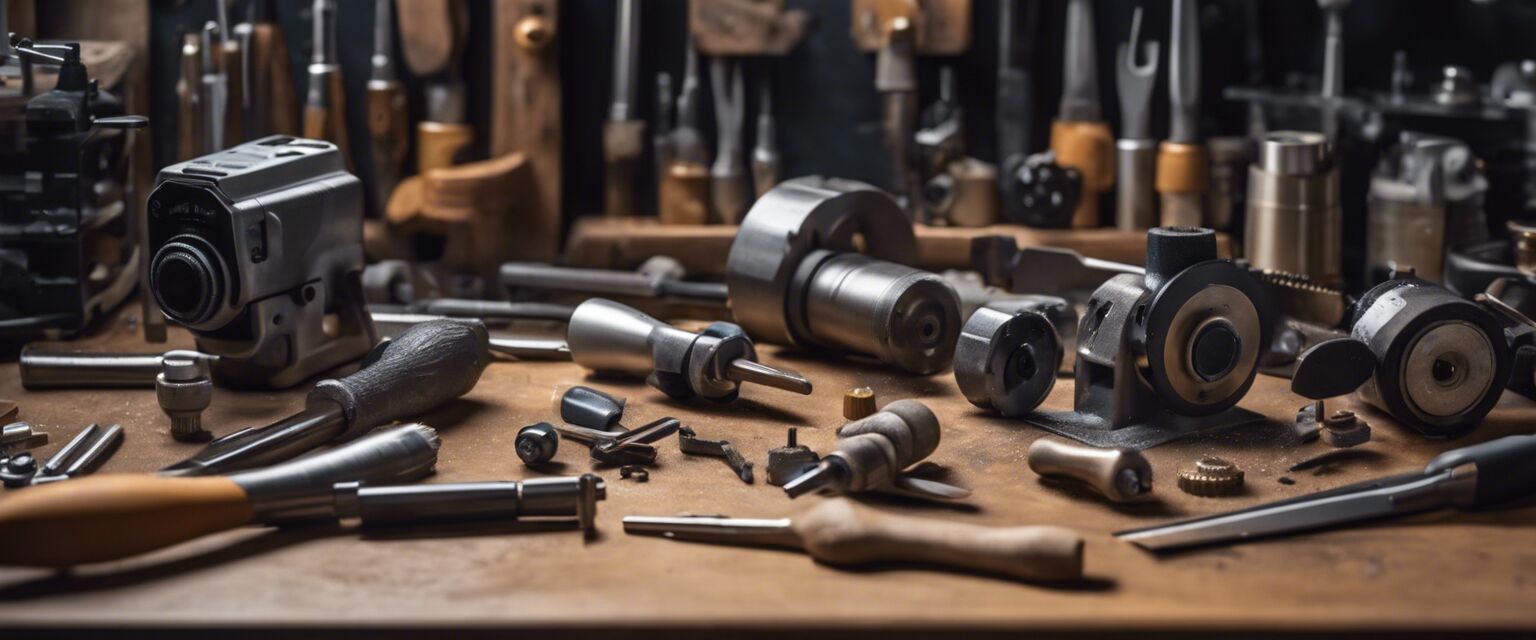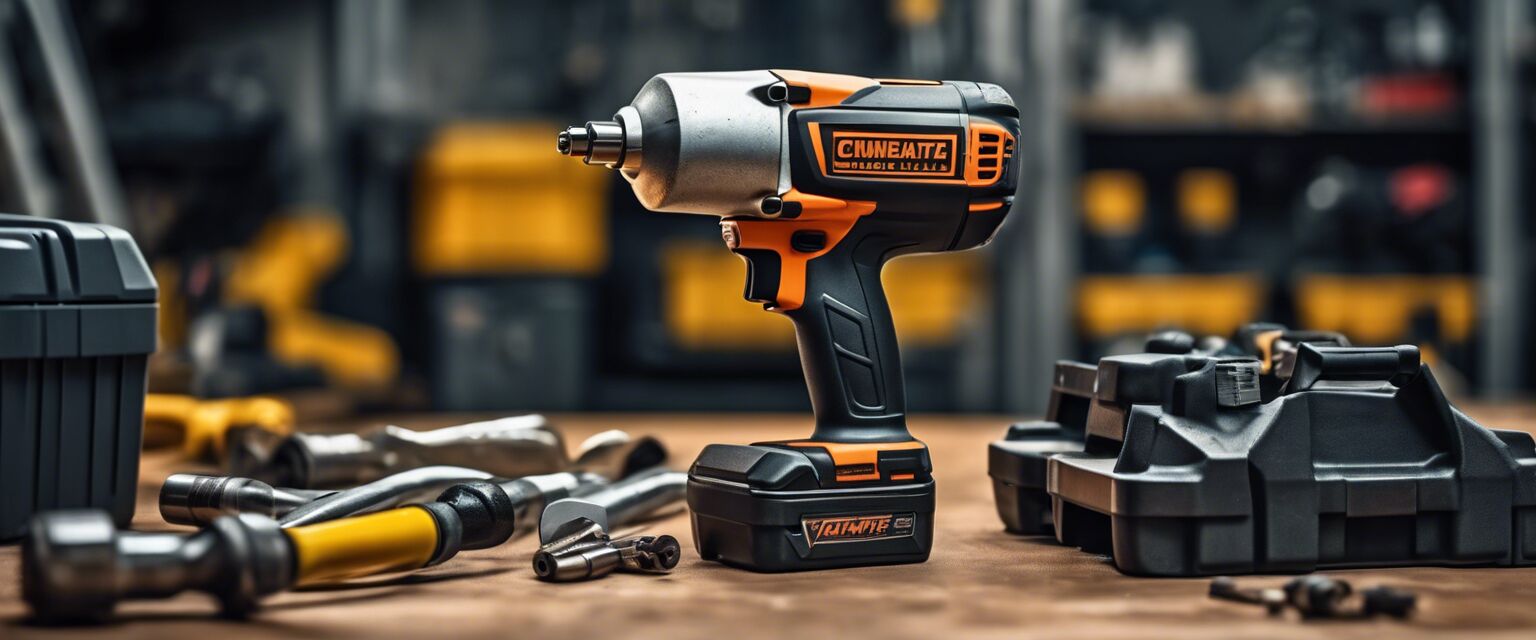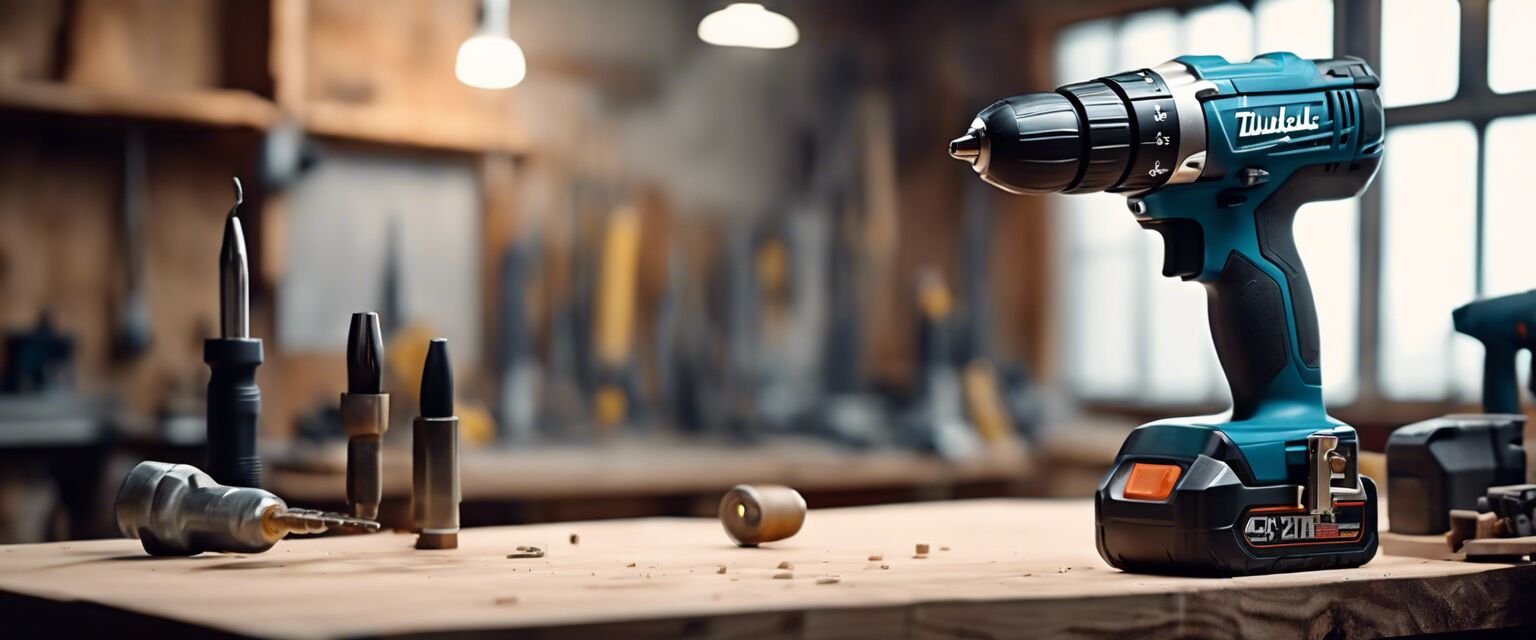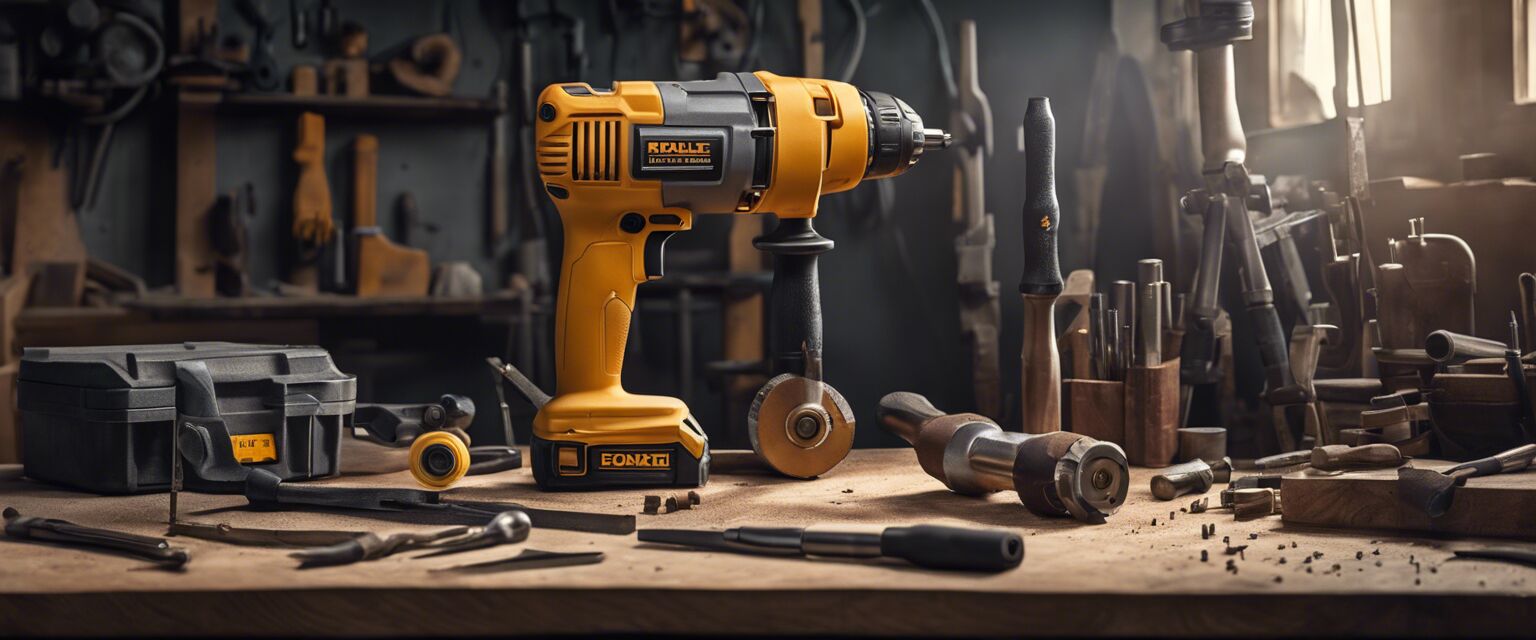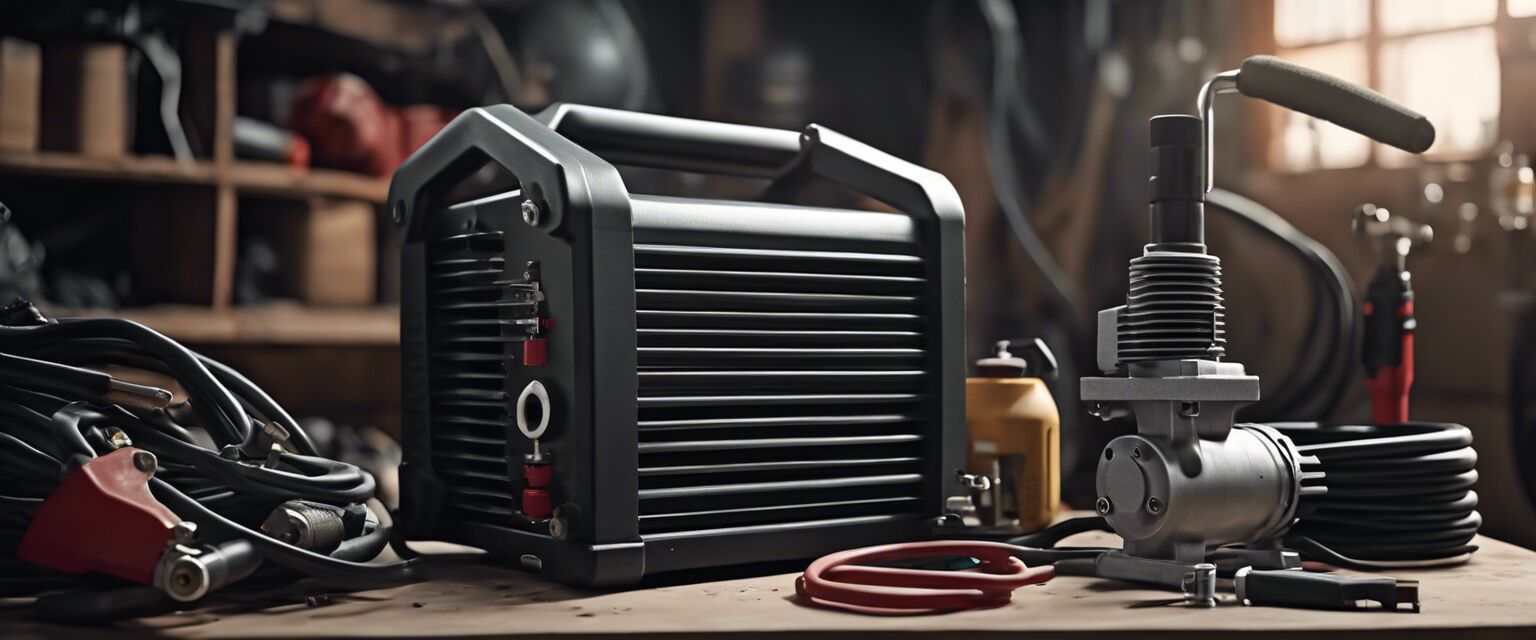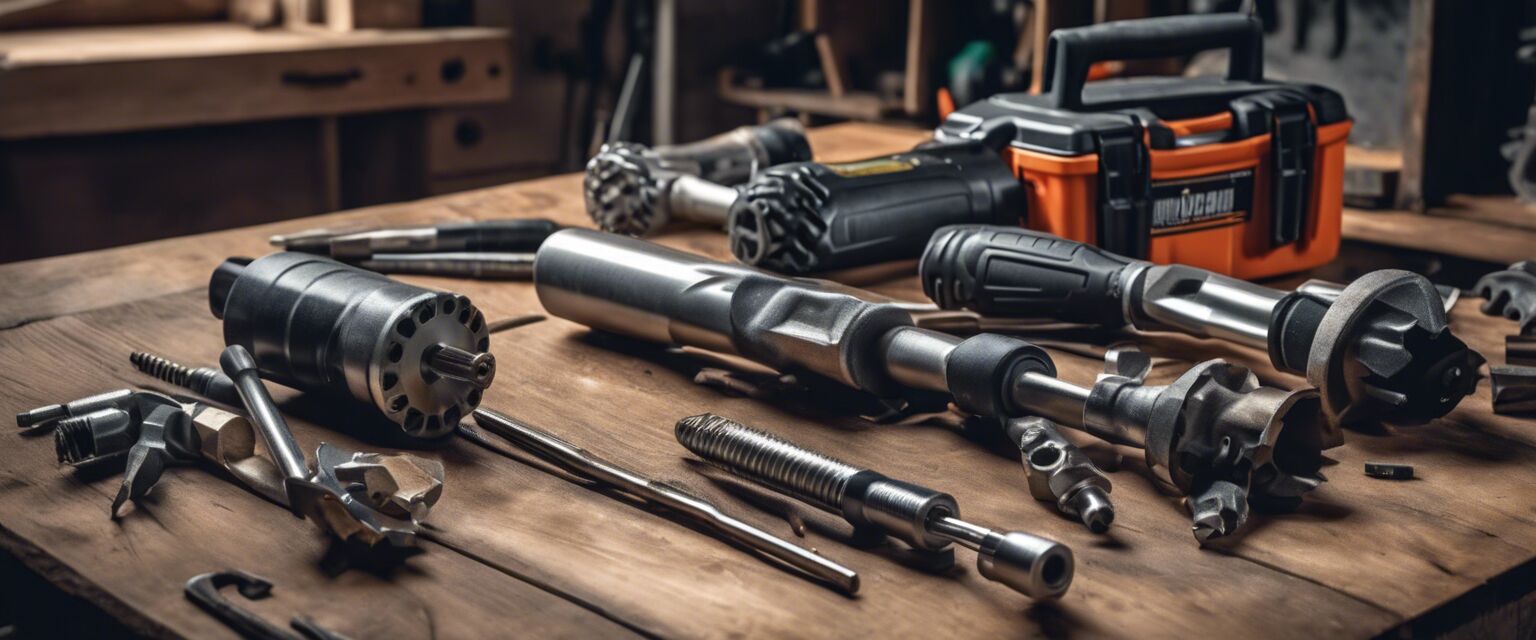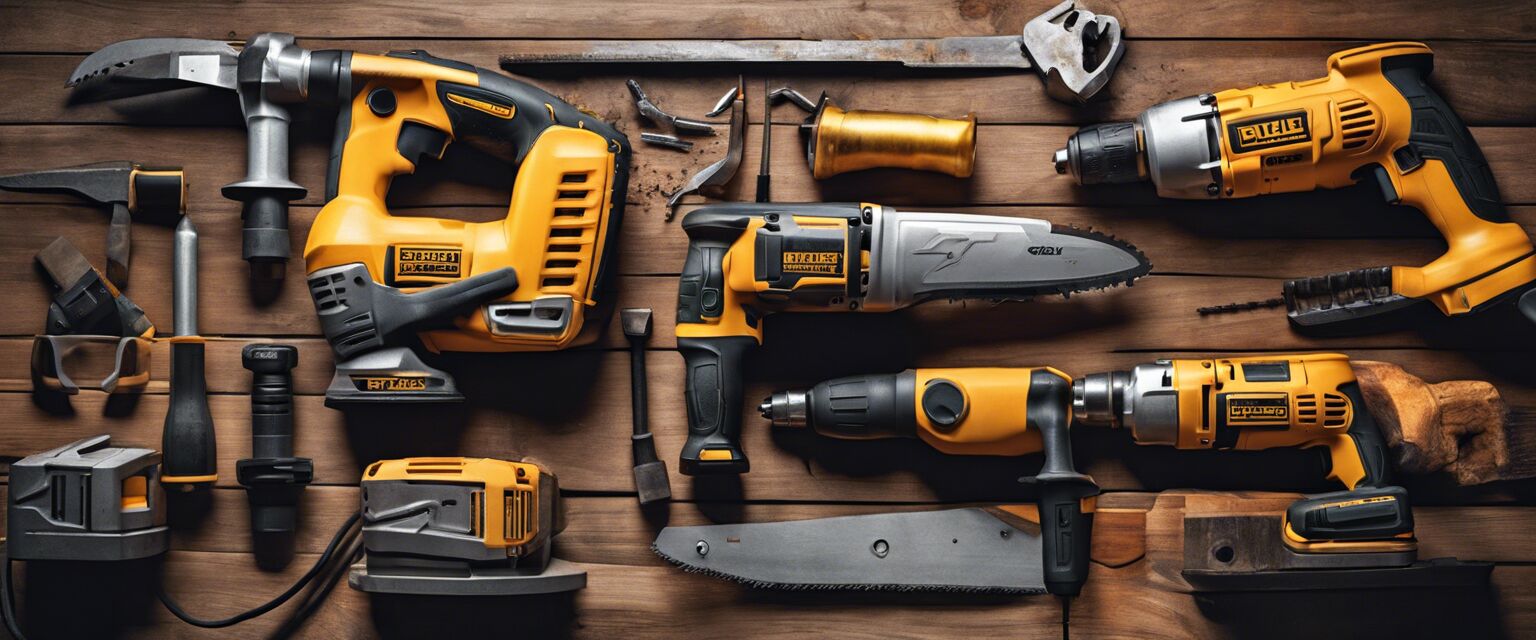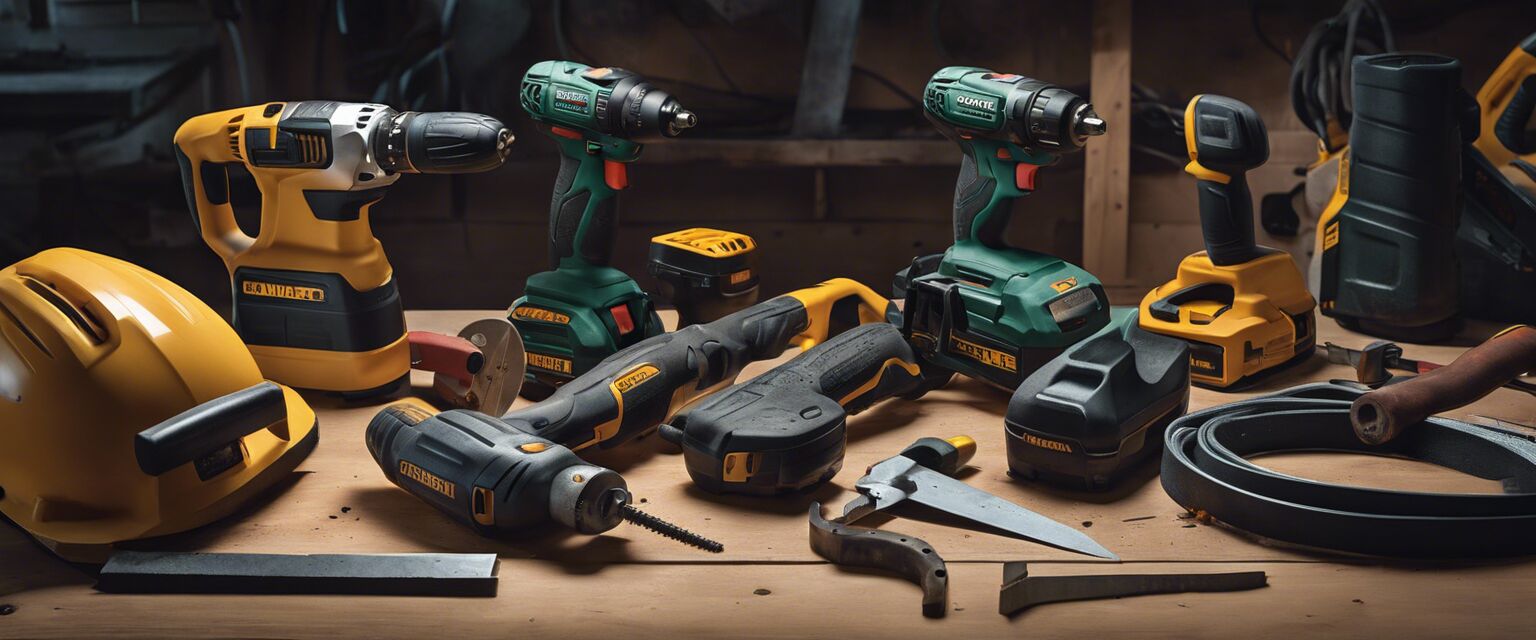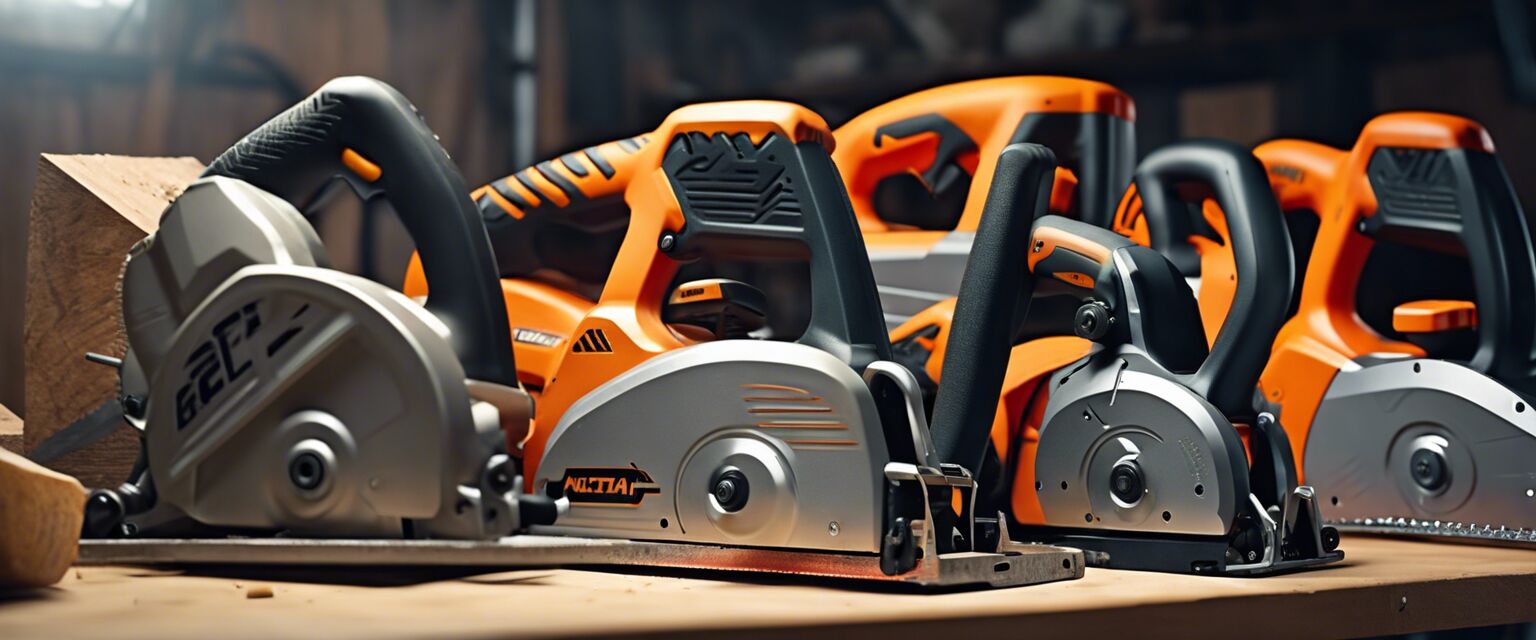
Power Saws: A Comprehensive Guide to Choosing the Right One
Power saws are an essential tool for any DIY enthusiast, woodworker, or contractor. With so many types and options available, it can be overwhelming to choose the right one for your needs. In this article, we'll explore the different types of power saws, their uses, and features to help you make an informed decision.
Key Takeaways
- There are several types of power saws, including circular saws, reciprocating saws, jigsaws, and miter saws.
- Each type of power saw is suited for specific tasks and materials.
- Consider the power source, blade type, and safety features when choosing a power saw.
Types of Power Saws
Power saws can be categorized into several types, each designed for specific tasks and materials. Here are some of the most common types of power saws:
| Type of Saw | Description | Uses |
|---|---|---|
| Circular Saw | A versatile saw for cutting wood, metal, and plastic. | General-purpose cutting, ripping, and cross-cutting. |
| Reciprocating Saw | A saw for cutting and demo work in tight spaces. | Demolition, pruning, and cutting in tight spaces. |
| Jigsaw | A saw for curved cuts in wood, metal, and plastic. | Curved cuts, puzzle cuts, and irregular shapes. |
| Miter Saw | A saw for precise angled cuts in wood. | Picture framing, crown molding, and precision cutting. |
Features to Consider
When choosing a power saw, consider the following features:
- Power Source: Corded, cordless, or pneumatic?
- Blade Type: What type of material will you be cutting?
- Safety Features: Look for saws with safety features like blade guards and trigger locks.

Choosing the Right Power Saw for Your Needs
Consider the following questions when choosing a power saw:
- What type of material will you be cutting?
- What is the size and complexity of your project?
- Do you need a saw for precision cutting or rough cutting?
- What is your budget?
For more information on specific types of power saws, check out our guides on cordless power tools and corded power tools.

Conclusion
With so many types and options available, choosing the right power saw can be overwhelming. By considering the type of material, project size, and safety features, you can make an informed decision. Remember to check out our guides on specific types of power saws for more information.
Pros
- Versatile and convenient
- Available in a range of prices
- Can be used for a variety of tasks
Cons
- Can be dangerous if not used properly
- May require maintenance and upkeep
- Can be heavy and bulky

For more information on power saw accessories, check out our guide on power tool accessories.
Beginners Section
- Always read the manual and follow safety guidelines
- Start with a smaller project to get a feel for the saw
- Practice cutting on scrap material before working on your project
